The world’s largest islands offer a glimpse into the vastness and diversity of our planet’s landmasses. These islands are home to unique ecosystems, diverse populations, and sprawling landscapes, each with its own distinct geographical and cultural characteristics. Each one holds its own significance in terms of land area, population, and the countries that govern them. Here’s a closer look at some of the largest islands in the world.
Greenland
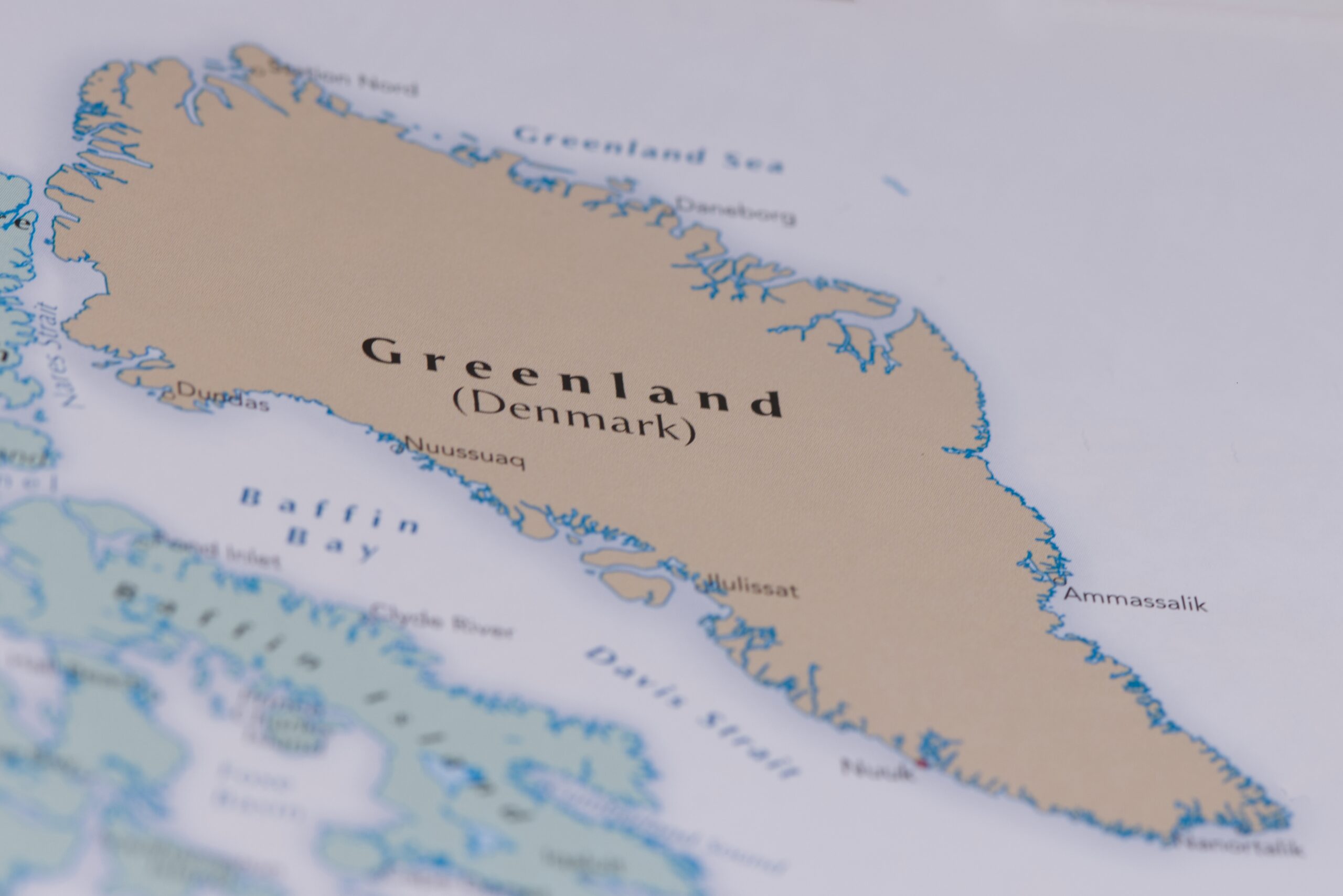
Greenland is the world’s largest island, with a total area of approximately 2.16 million square kilometers. Though geographically part of North America, it is an autonomous territory within the Kingdom of Denmark. Much of Greenland’s landmass is covered in ice, with around 80% of its surface blanketed by glaciers and ice sheets. Despite its size, the population remains low, at just over 56,000 people, primarily concentrated along the southwestern coast where the climate is less harsh. Greenland’s remote location and rugged terrain make it one of the least densely populated areas on the planet, with indigenous Inuit communities making up the majority of its residents.
New Guinea
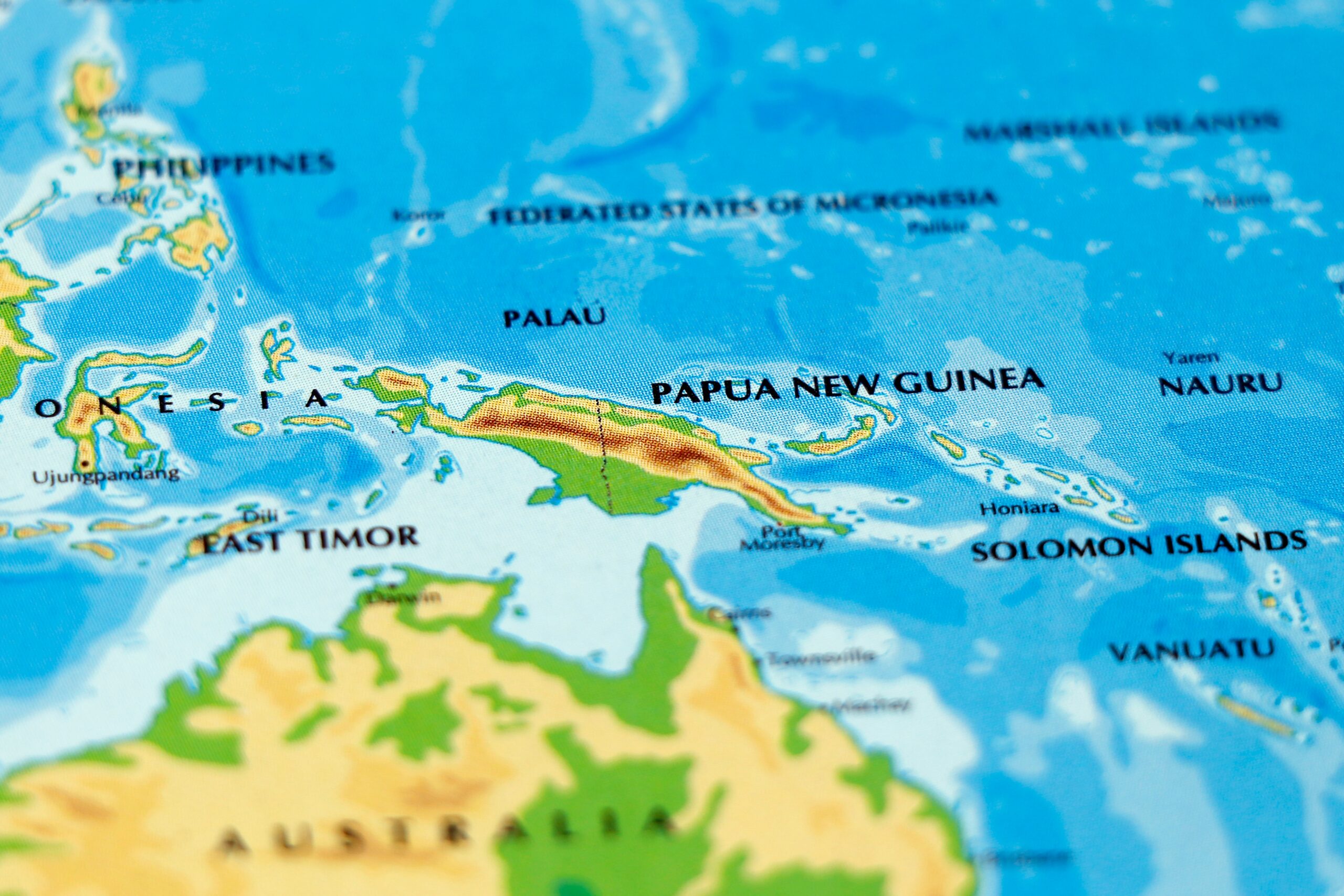
New Guinea, the second-largest island in the world, spans about 785,753 square kilometers. This island is divided between two countries: the western half belongs to Indonesia, while the eastern half forms the independent nation of Papua New Guinea. Known for its rich biodiversity, New Guinea hosts one of the most diverse ecosystems on Earth, with dense rainforests, highland regions, and vibrant coral reefs. The population across the island is over 13 million, with numerous indigenous groups speaking more than 850 distinct languages. The rugged terrain and tropical climate have helped preserve many traditional ways of life, making New Guinea one of the most culturally diverse regions in the world.
Borneo
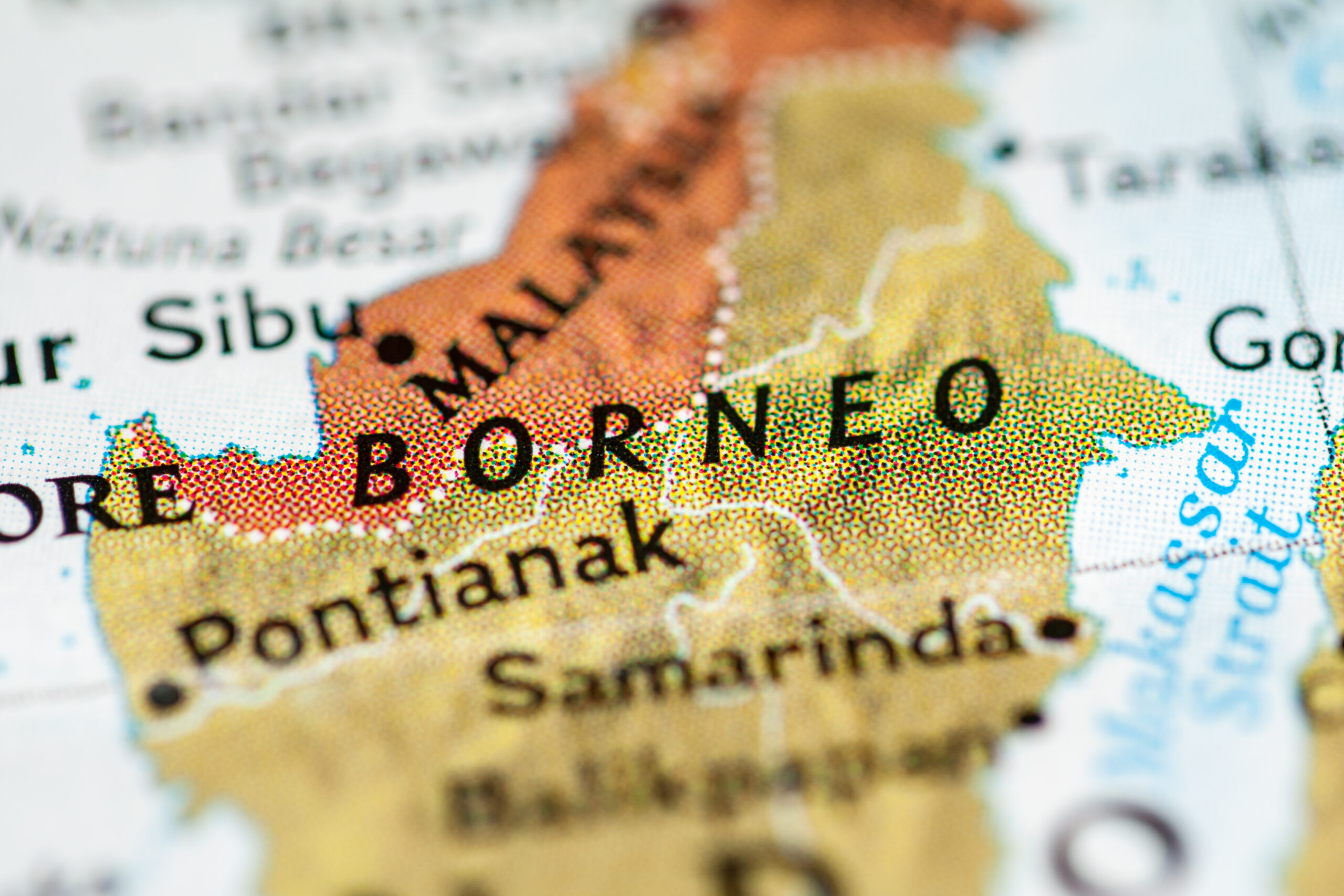
Borneo is the third-largest island globally, covering approximately 748,168 square kilometers. It is politically divided among three countries: Indonesia, Malaysia, and Brunei. Borneo is renowned for its ancient rainforests, home to diverse species like the endangered orangutan and pygmy elephant. The island has a population of over 23 million people, concentrated mostly in the coastal regions. Deforestation and logging have posed environmental challenges in Borneo, yet conservation efforts are underway to protect its rich biodiversity. Its lush landscapes and natural beauty draw visitors seeking eco-tourism and wildlife encounters.
Madagascar
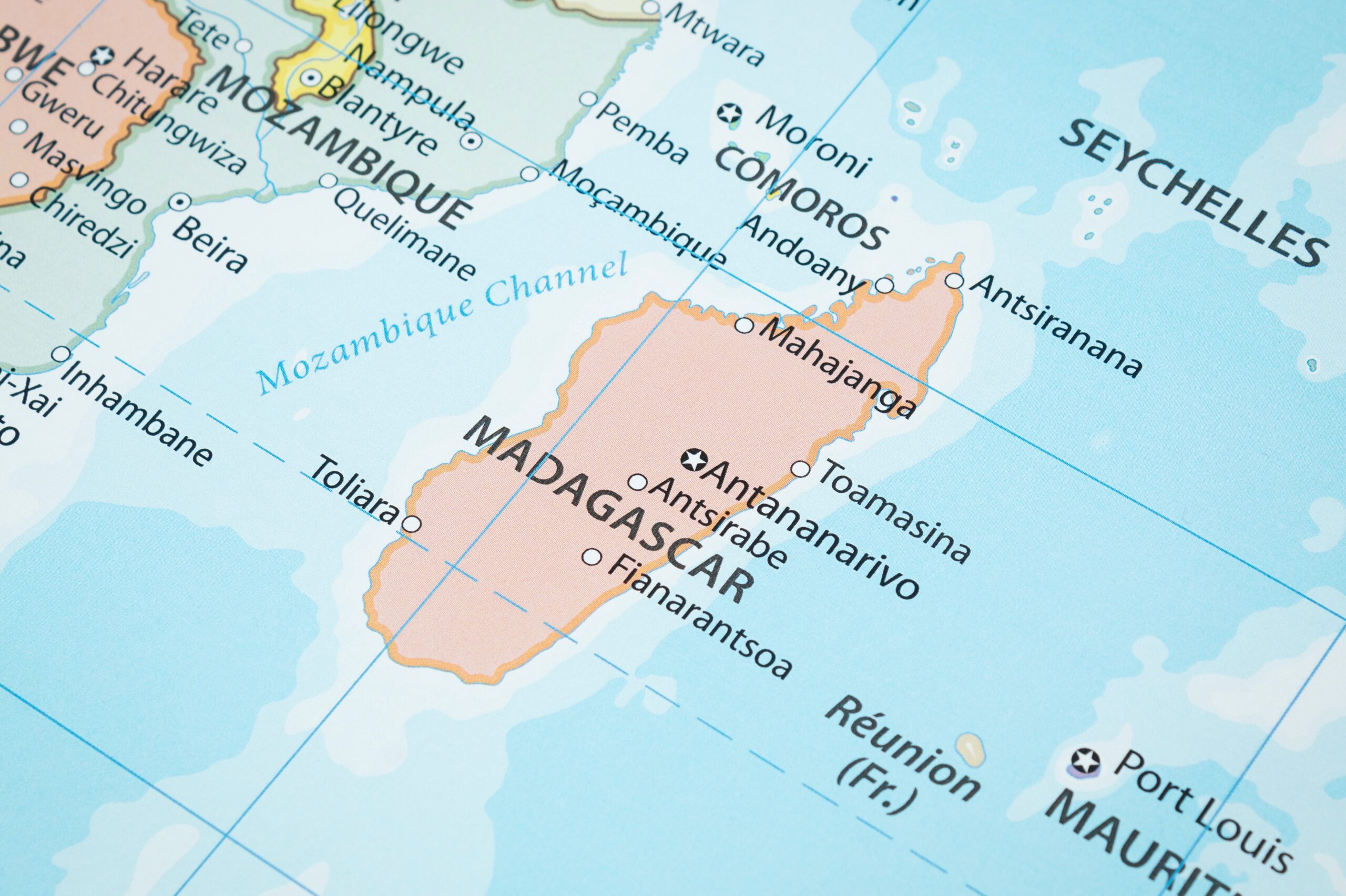
Madagascar, with a land area of around 587,041 square kilometers, is the fourth-largest island in the world. Situated off the southeastern coast of Africa, it is an independent nation known for its unique flora and fauna. About 90% of the wildlife found in Madagascar is not seen anywhere else, making it a global biodiversity hotspot. The island has a population of approximately 30 million people, primarily clustered in cities like Antananarivo. Madagascar’s landscape ranges from tropical rainforests to desert-like regions, and its economy is based largely on agriculture, including crops like vanilla and cloves.
Baffin Island
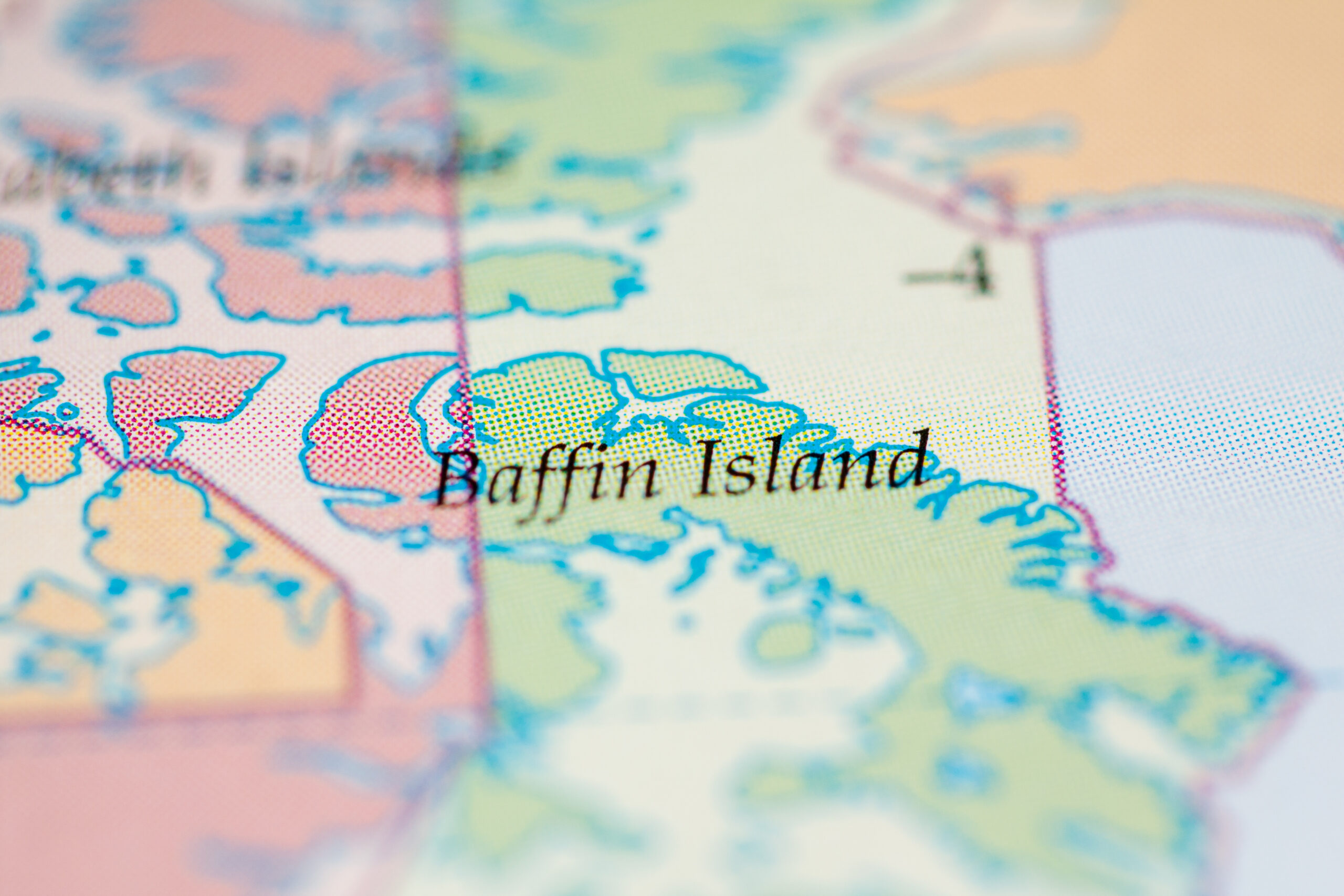
Baffin Island, part of Canada’s Arctic Archipelago, is the largest island in Canada and the fifth-largest in the world, with an area of about 507,451 square kilometers. Despite its vast size, Baffin Island has a sparse population of around 13,000 people, most of whom are Inuit. The island’s icy, rugged terrain is dominated by glaciers, fjords, and towering mountains. Its remote location in the Arctic Circle makes it a hub for scientific research and a destination for adventurers seeking to explore polar landscapes. The island’s largest community, Iqaluit, serves as the capital of the Canadian territory of Nunavut.
Sumatra
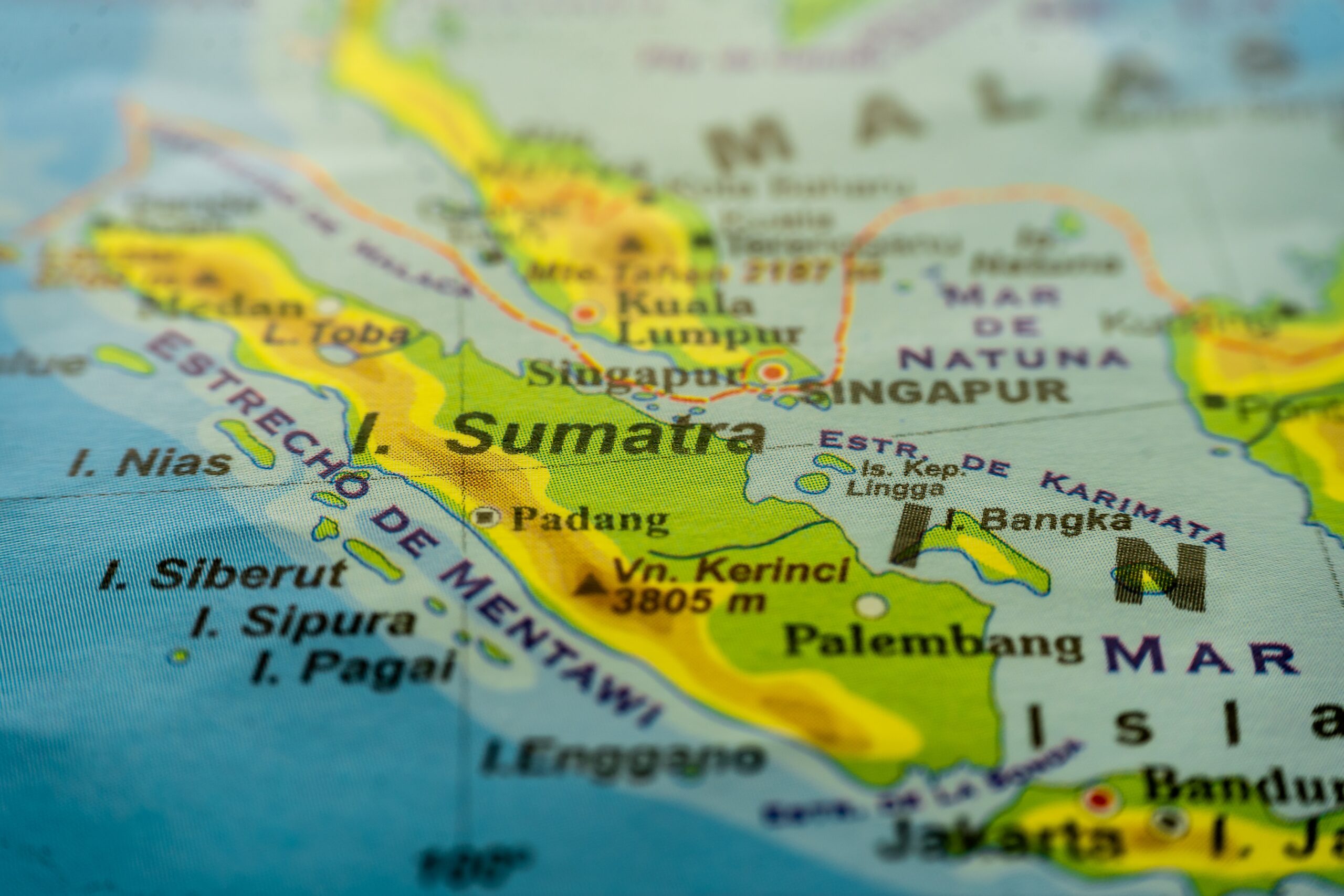
Sumatra, located in western Indonesia, is the sixth-largest island in the world, covering about 473,481 square kilometers. It has a population of over 50 million people, making it one of the most densely populated islands on the list. Sumatra is known for its diverse ecosystems, including tropical rainforests, volcanoes, and coastal plains. However, it faces environmental threats from deforestation and palm oil plantations. The island is also home to endangered species like the Sumatran tiger and the orangutan. Sumatra’s cultural richness, combined with its natural beauty, makes it a significant part of Indonesia’s identity.
Honshu
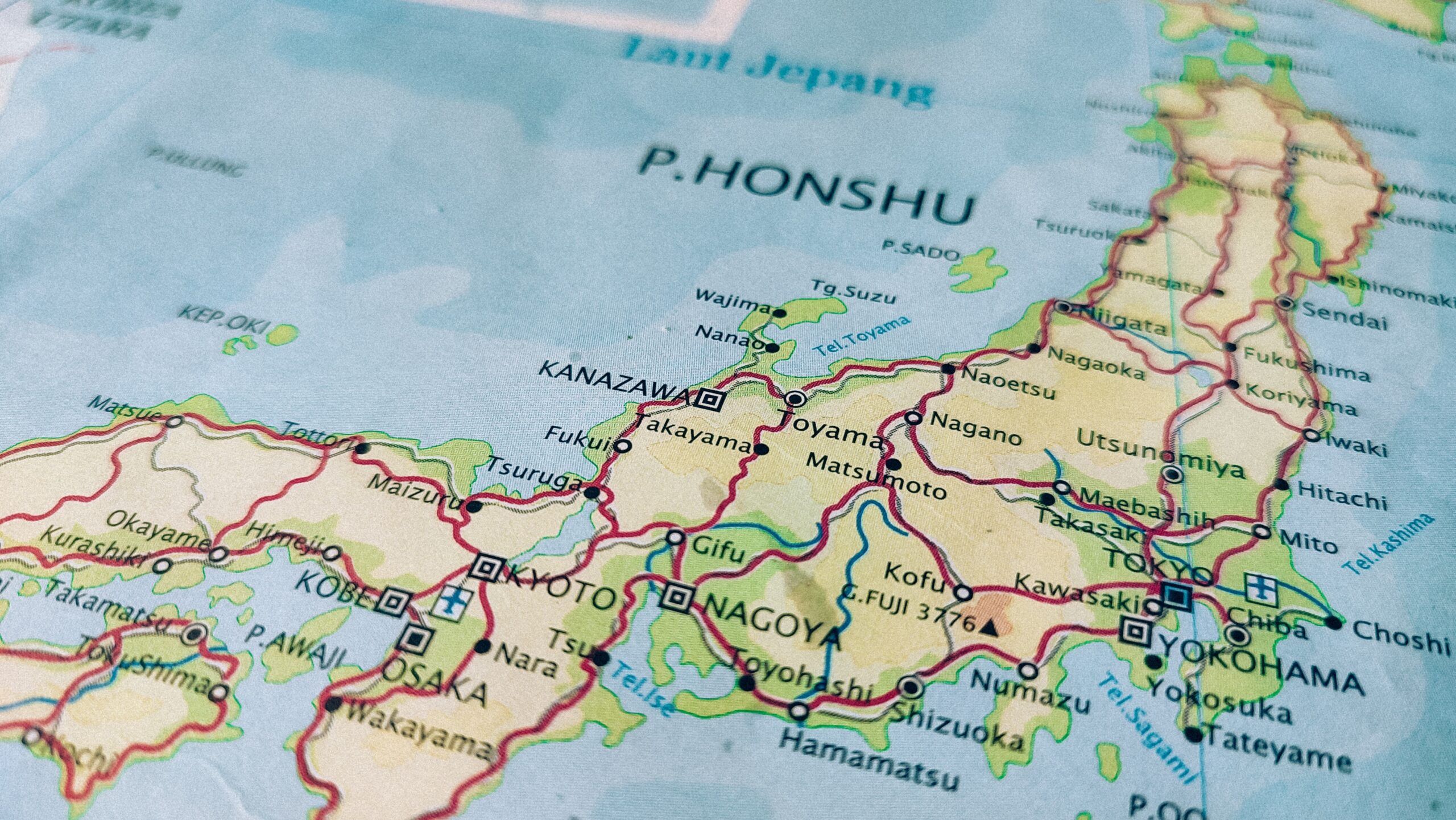
Honshu, Japan’s largest and most populous island, has an area of approximately 225,800 square kilometers. It is home to major cities such as Tokyo, Kyoto, and Osaka, contributing to its population of over 104 million people. Honshu is the economic and cultural heart of Japan, boasting iconic landmarks like Mount Fuji, sprawling metropolitan areas, and historical temples. The island’s geography is diverse, with mountain ranges, fertile plains, and coastal areas. Honshu is a hub for technological innovation and traditional Japanese culture, making it central to the country’s global influence.
Victoria Island
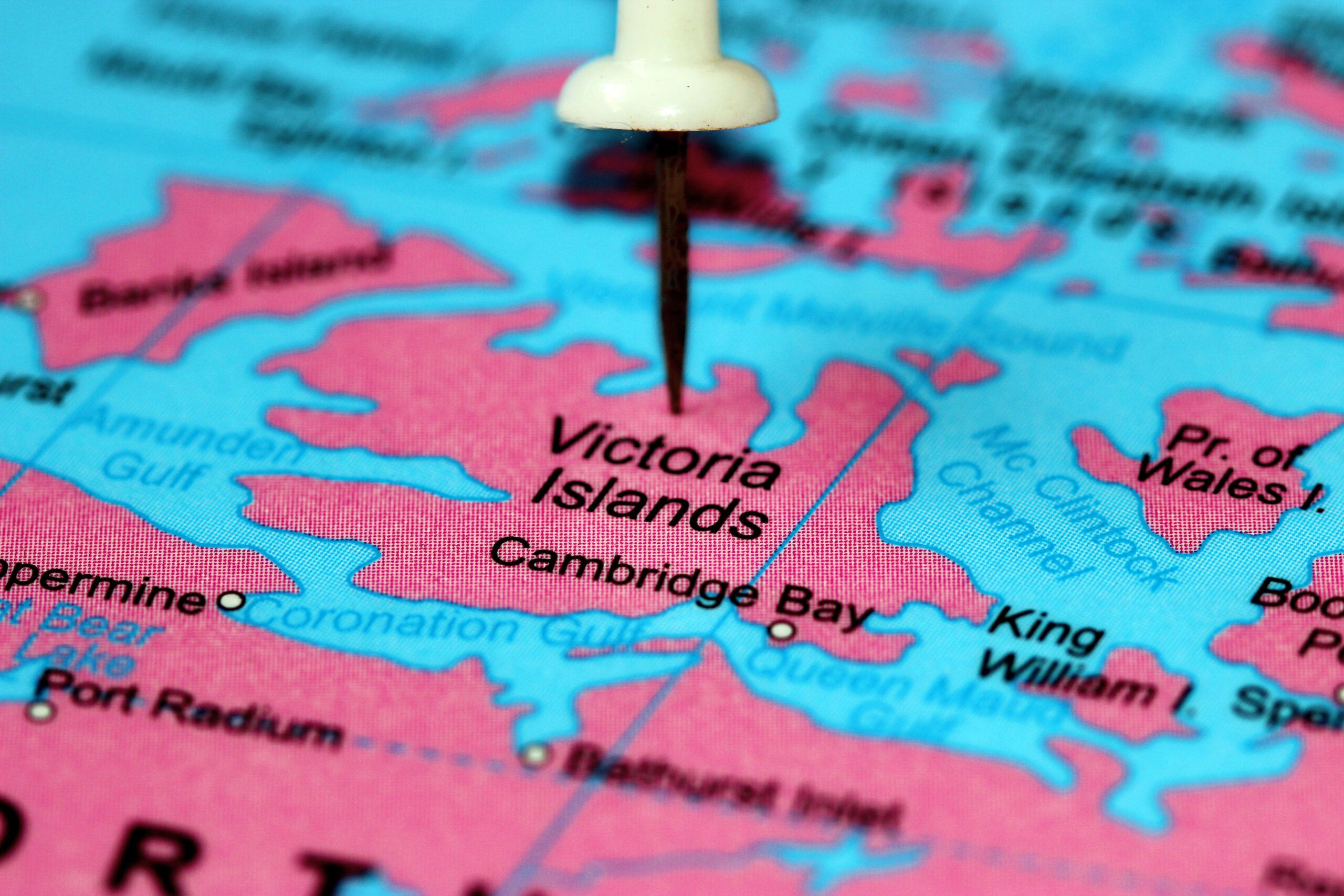
Victoria Island, located in Canada’s Arctic region, is the world’s eighth-largest island, covering around 217,291 square kilometers. Like Baffin Island, it is part of Canada’s Nunavut territory, with a sparse population of less than 2,000 people, primarily Inuit. The island’s remote and icy landscape is characterized by tundra, lakes, and permafrost. Victoria Island is rich in wildlife, including polar bears, caribou, and Arctic foxes. Its isolation and challenging environment have kept human habitation low, but it remains significant for its natural beauty and role in Arctic exploration and research.
Great Britain
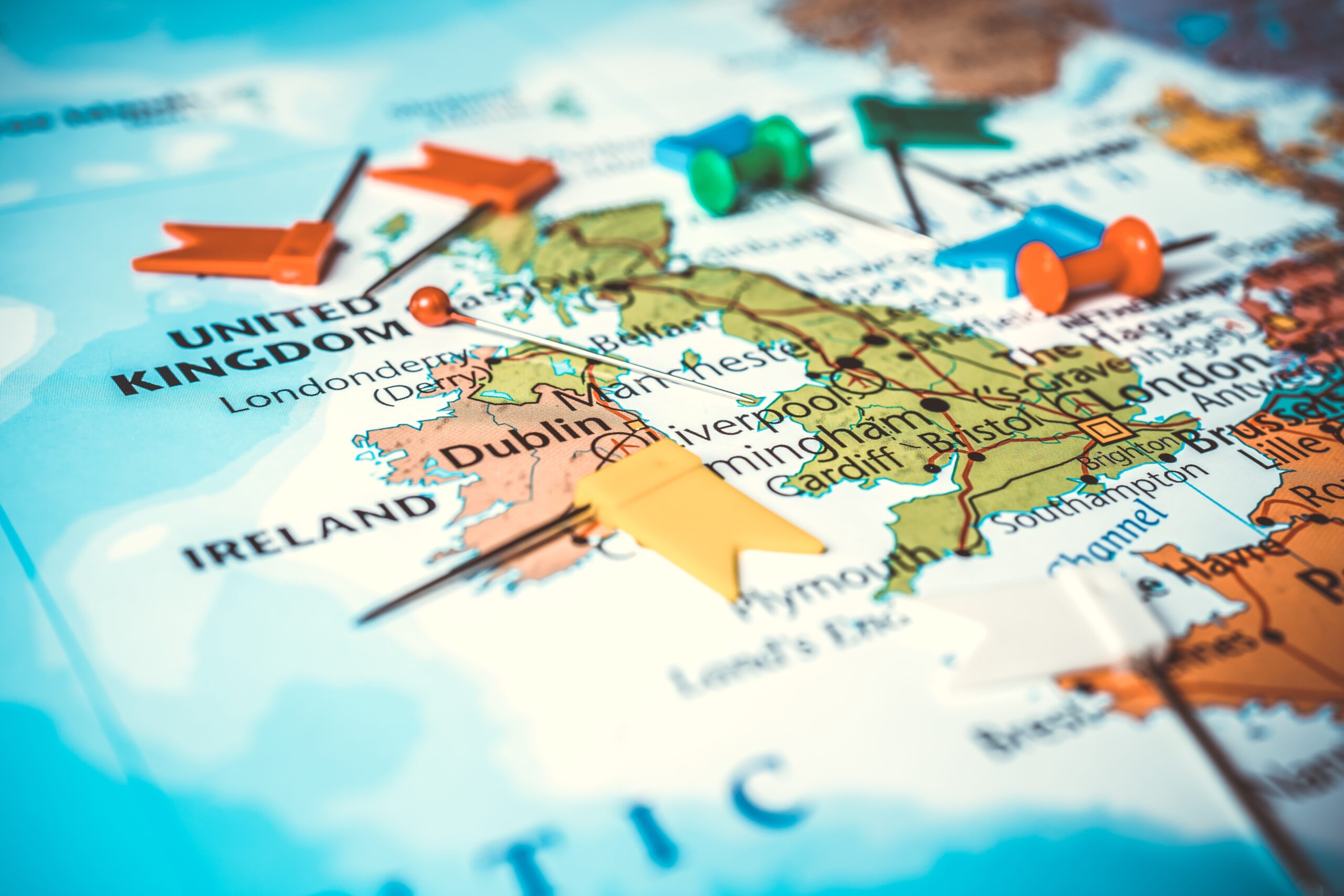
Great Britain is the largest island in the British Isles, with a land area of approximately 209,331 square kilometers. It comprises the countries of England, Scotland, and Wales and is home to around 67 million people. London, the capital of the United Kingdom, sits on this island and serves as a global financial and cultural hub. The island’s geography includes rolling hills, mountains, and coastal plains, with a rich history that has shaped much of the modern world. Great Britain’s diverse cities and landscapes make it a major destination for both tourism and global affairs.
Ellesmere Island
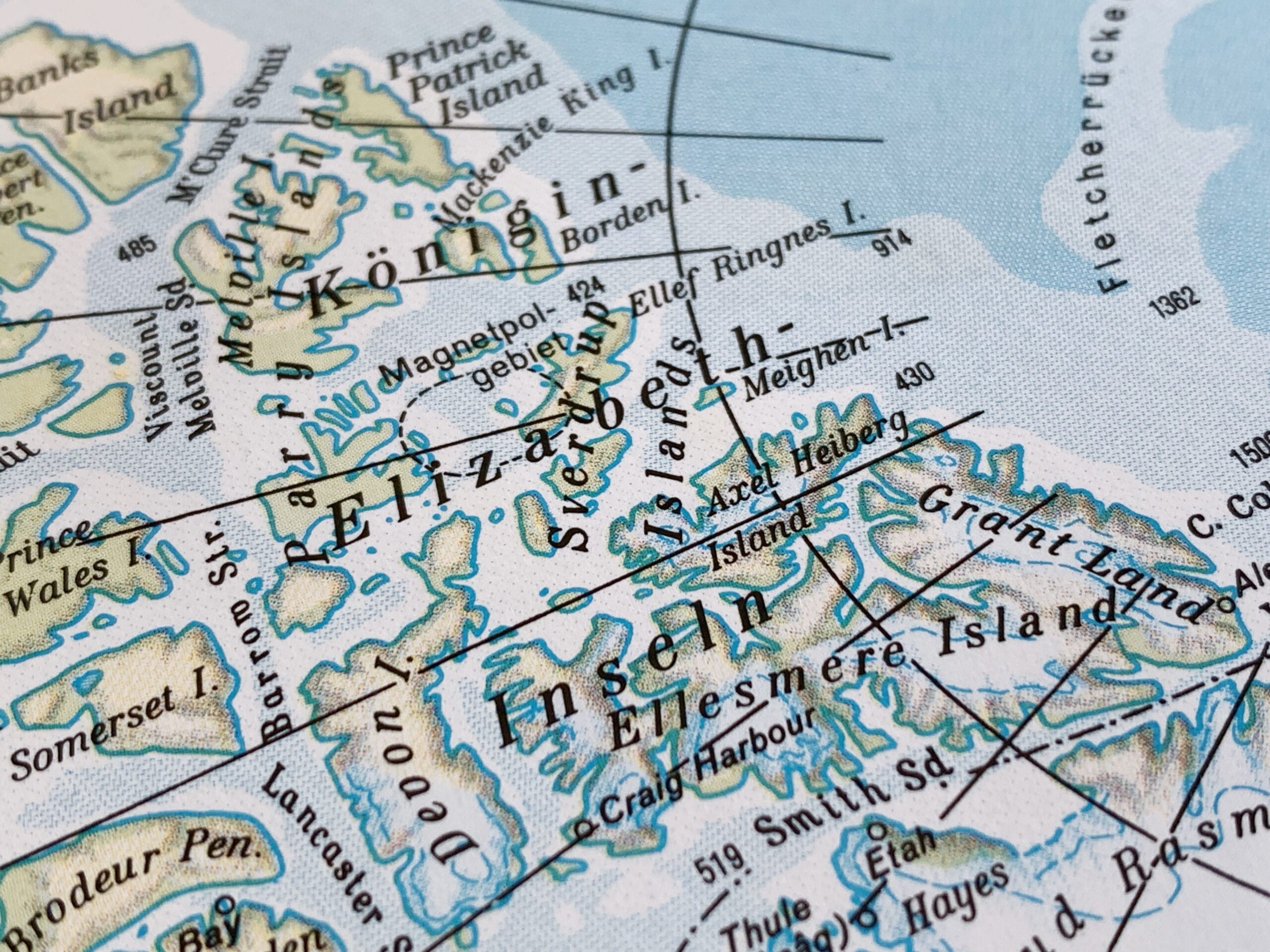
Ellesmere Island, located in Canada’s Arctic Archipelago, is the tenth-largest island globally, covering about 196,236 square kilometers. Despite its vast size, it has an extremely low population of just a few hundred people, mostly Inuit living in small communities. The island’s icy terrain is dominated by glaciers, rugged mountains, and tundra, with limited vegetation due to its location within the Arctic Circle. Ellesmere Island is part of Canada’s Nunavut territory and is known for its scientific research stations that study Arctic climates and wildlife, including polar bears and muskoxen.
Sulawesi
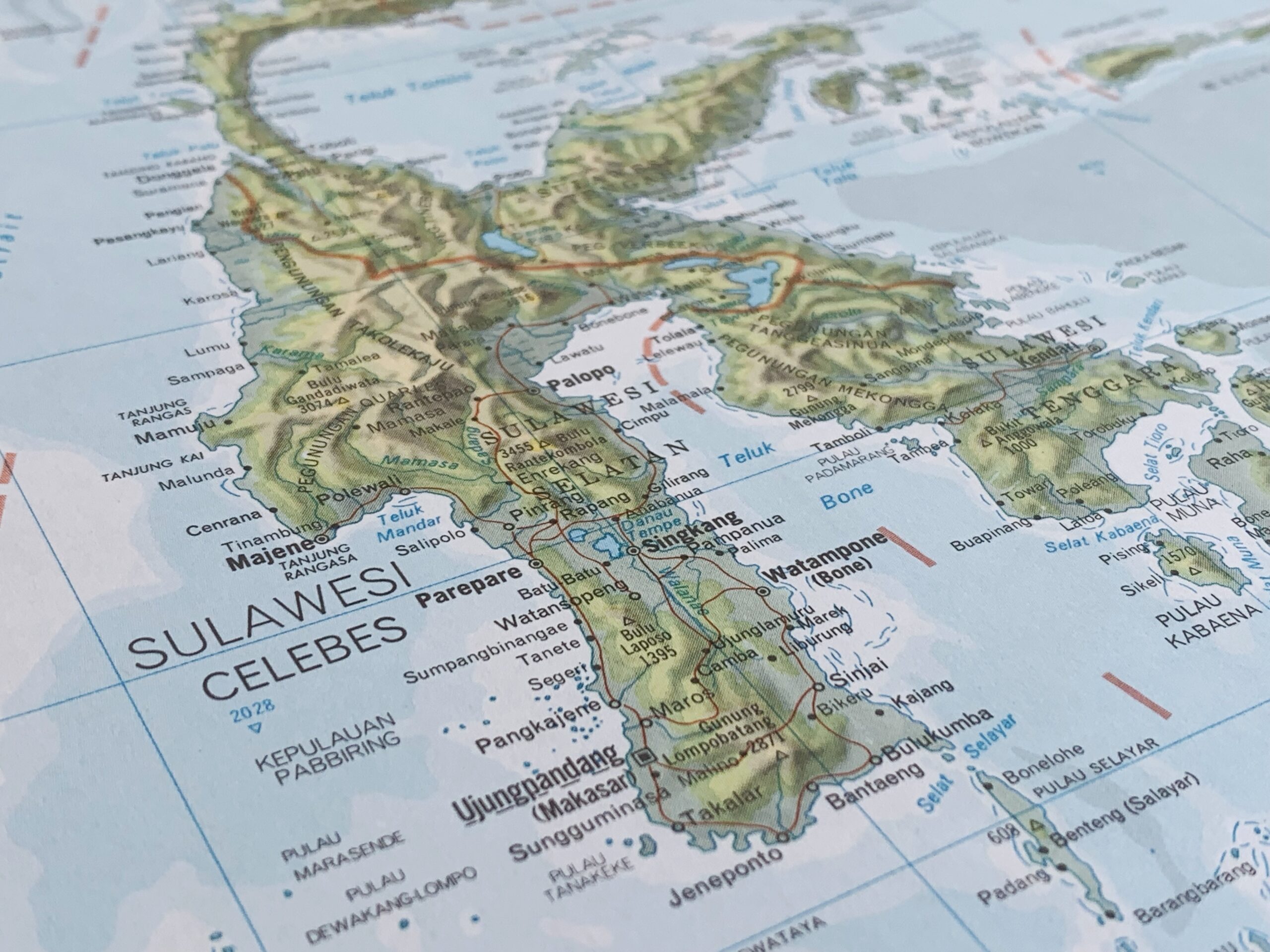
Sulawesi is an Indonesian island with a land area of around 174,600 square kilometers. It has a population of over 19 million people, with the city of Makassar being the island’s largest urban center. Sulawesi is known for its unique shape, resembling a sprawling orchid, and its diverse ecosystems that range from rainforests to mountainous regions. The island’s biodiversity is remarkable, home to species found nowhere else on Earth, such as the Sulawesi crested macaque. Culturally, the island boasts a rich blend of indigenous traditions and modern Indonesian influences.
South Island (New Zealand)
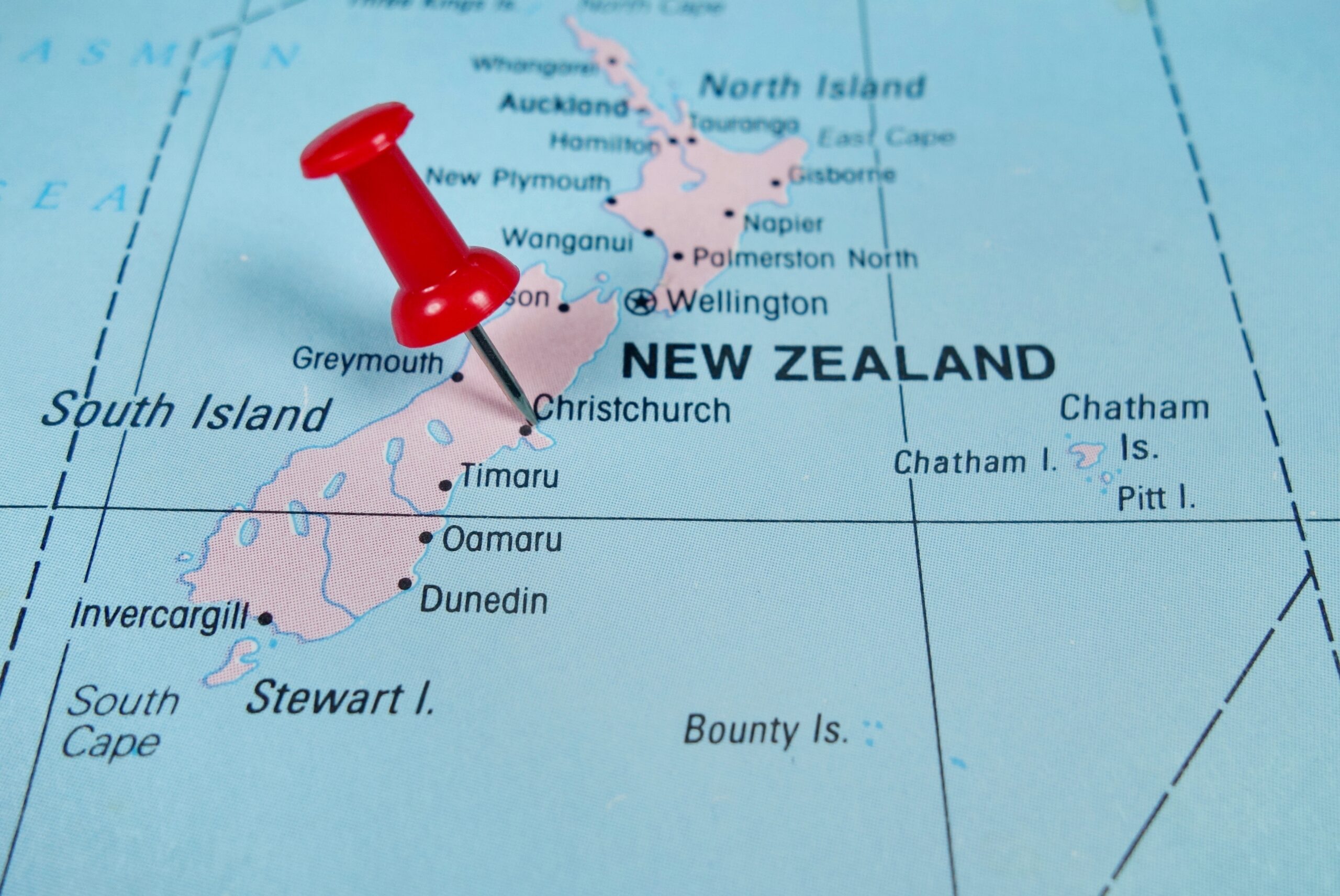
The South Island of New Zealand is the larger of the country’s two main islands, covering an area of about 150,437 square kilometers. Despite its size, the South Island has a relatively small population of around 1.2 million people, with Christchurch as its largest city. Known for its breathtaking landscapes, the island features snow-capped mountains, glaciers, and deep fjords, making it a top destination for outdoor enthusiasts. Tourism plays a significant role in the local economy, with visitors flocking to explore national parks, including Fiordland and Mount Cook.
Java
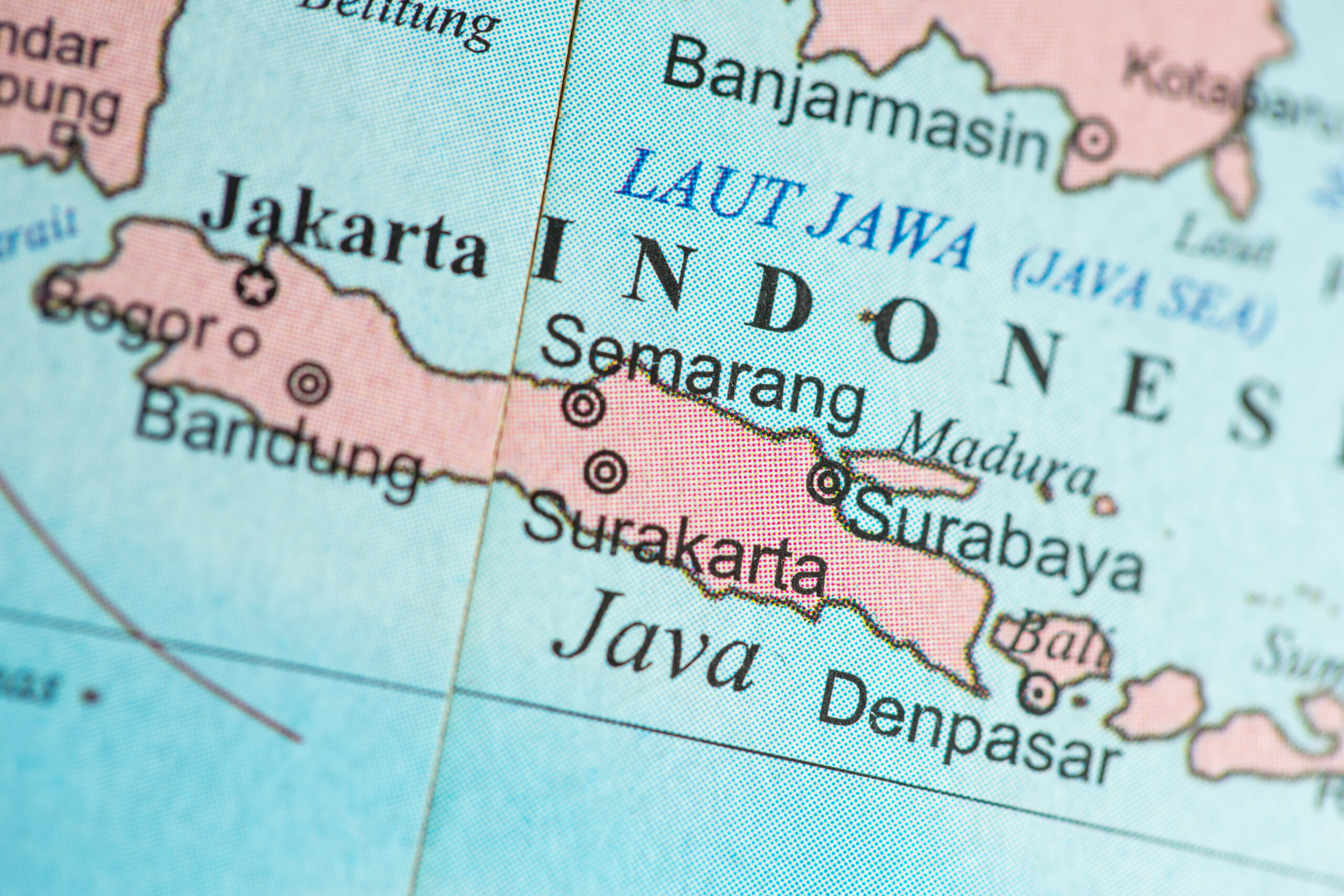
Java, the most populous island in the world, has a land area of about 138,794 square kilometers. It is home to over 145 million people, representing more than half of Indonesia’s total population. The capital city, Jakarta, is located on the northwestern coast and serves as the political and economic heart of the nation. Java is known for its rich cultural heritage, including ancient temples like Borobudur, as well as its volcanic landscape, featuring active volcanoes such as Mount Bromo. The island’s fertile soil makes it a major agricultural hub, particularly for rice and tea production.
North Island (New Zealand)
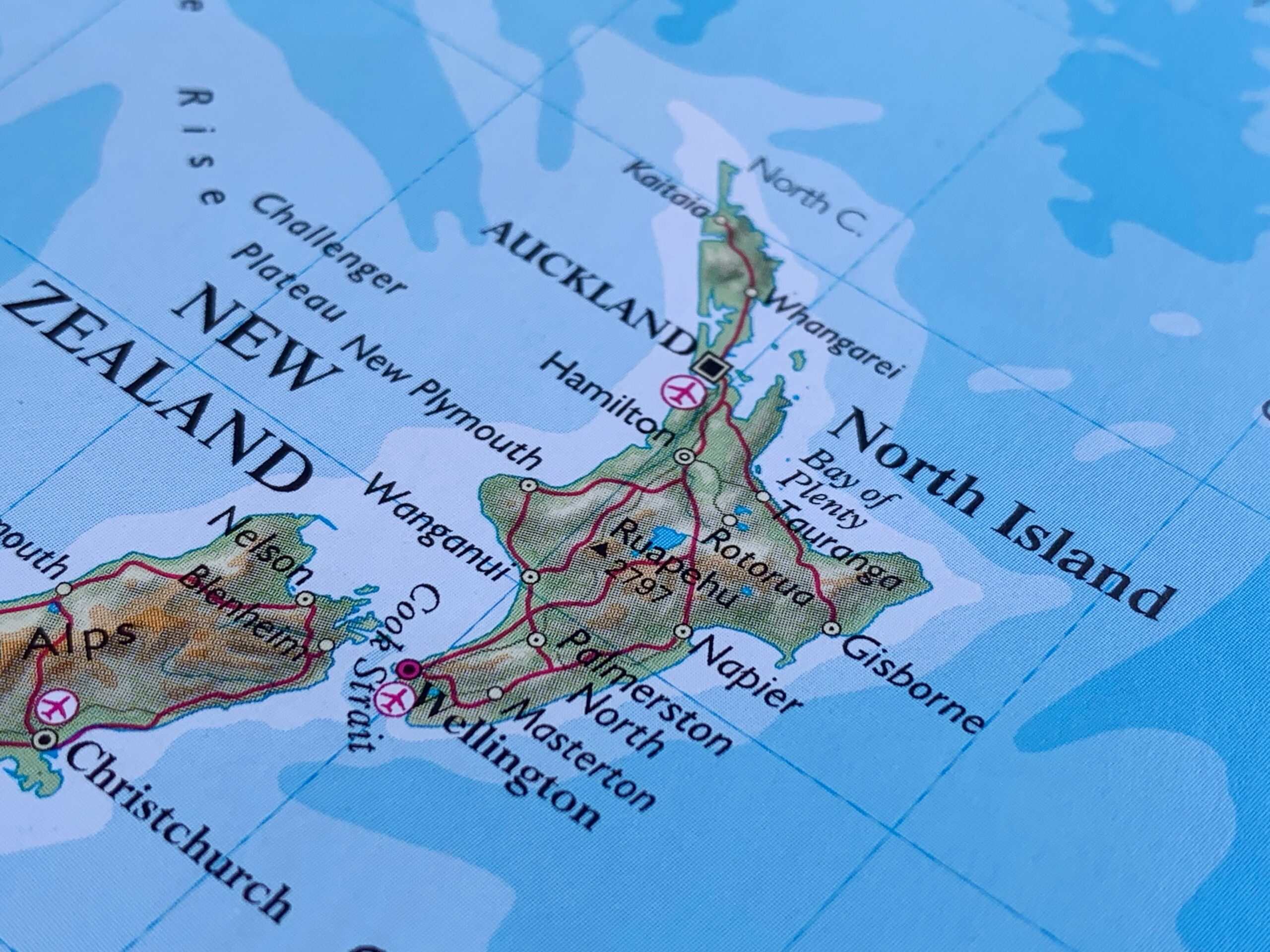
New Zealand’s North Island spans approximately 113,729 square kilometers and has a population of about 3.8 million people. The island is home to New Zealand’s capital, Wellington, and its largest city, Auckland. Known for its volcanic activity, the North Island features geothermal hotspots, including Rotorua, and iconic landscapes like the Tongariro National Park. The region is also culturally significant, with a strong Maori presence, particularly in areas like the Bay of Islands. Its mild climate and fertile land make it ideal for agriculture, especially dairy farming and vineyards.
Luzon
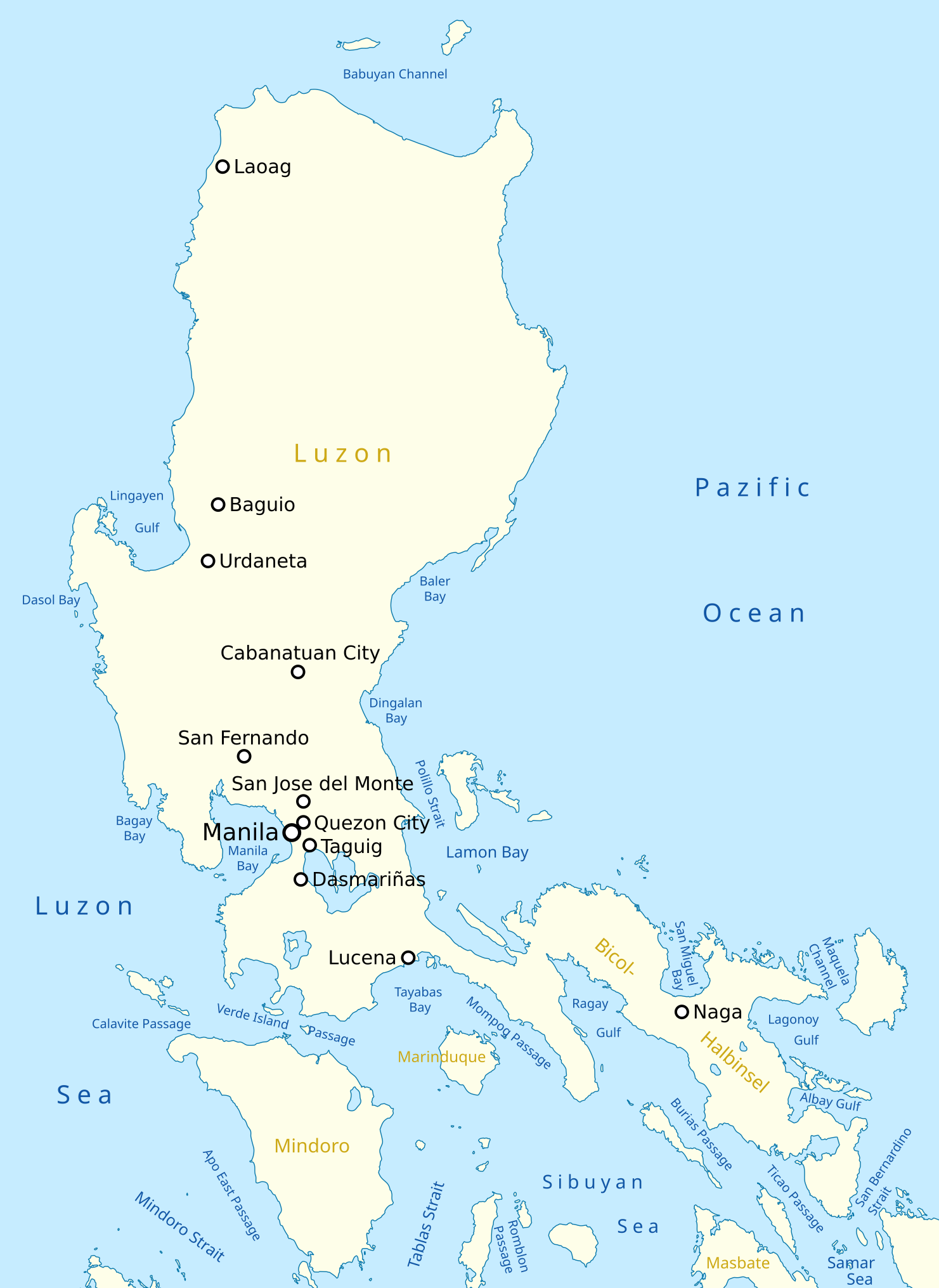
Luzon is the largest island in the Philippines, covering around 109,965 square kilometers. It is the political and economic center of the country, with Manila, the capital, located on its western coast. Luzon has a population of over 60 million people, making it the most populated island in the Philippines. The island’s landscape is varied, with mountain ranges like the Cordilleras, fertile plains, and coastal lowlands. Agriculture plays a significant role in the island’s economy, with rice, sugarcane, and coconuts as major crops.
Mindanao
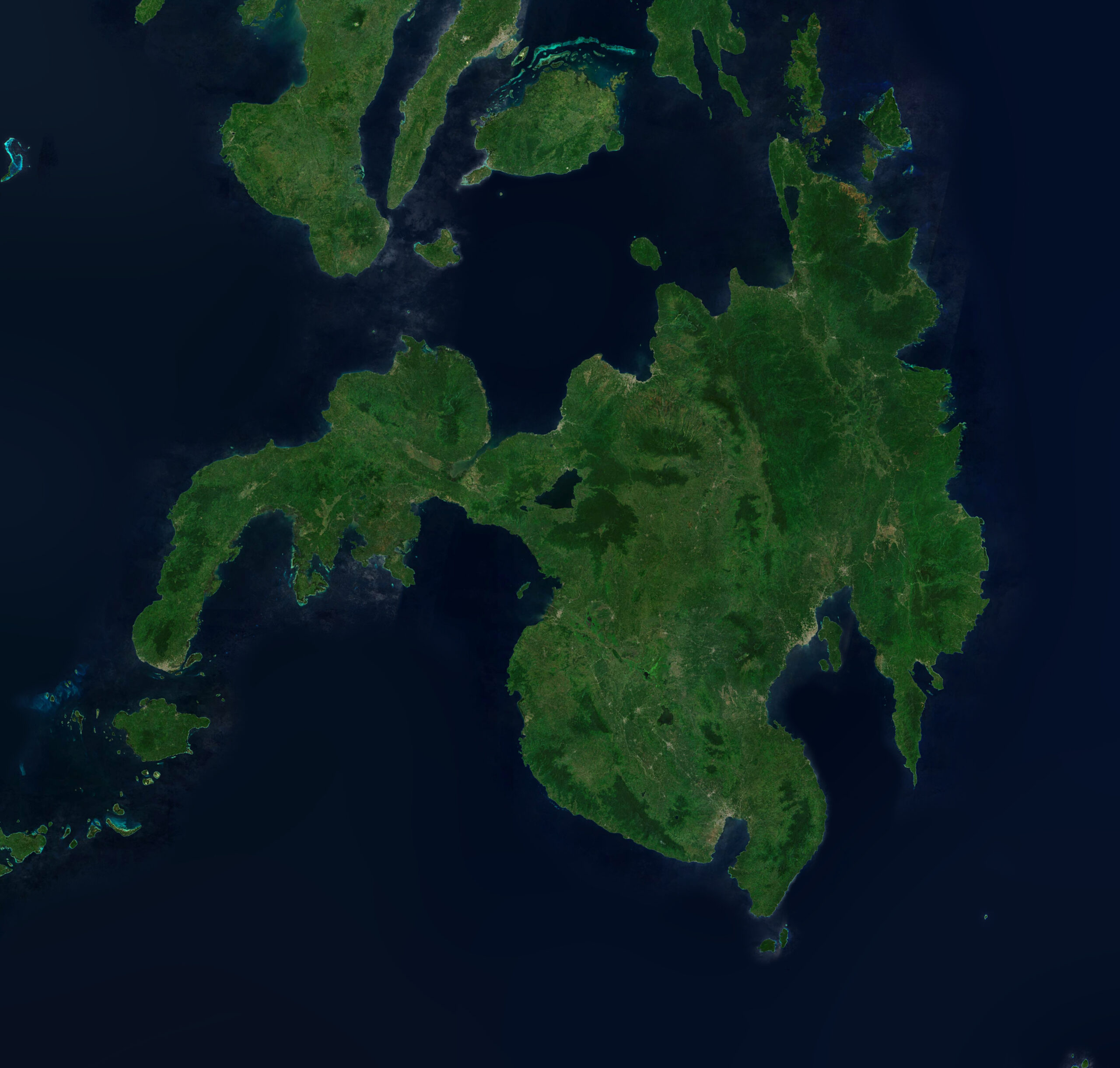
Mindanao, located in the southern Philippines, is the second-largest island in the country, with a land area of approximately 97,530 square kilometers. It is home to around 26 million people and has several large urban centers, including Davao City. Mindanao is known for its rich cultural diversity, with various indigenous groups and a significant Muslim population. The island’s natural beauty includes mountains, waterfalls, and expansive forests, making it a key area for both agriculture and eco-tourism. However, it has also experienced political tensions, which have impacted its development over the years.
Ireland
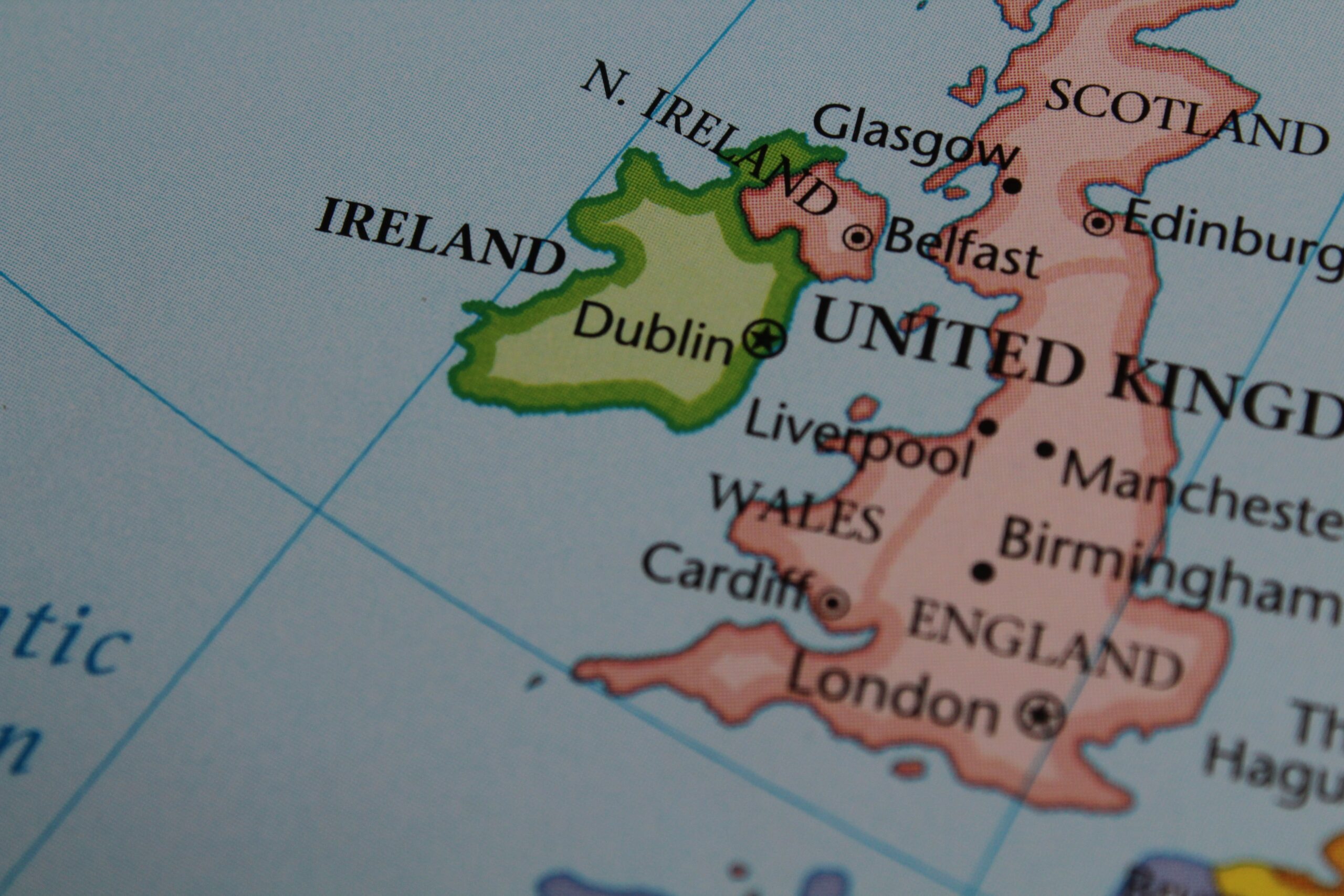
Ireland, the third-largest island in Europe, spans around 84,421 square kilometers. It is politically divided between the Republic of Ireland and Northern Ireland, which is part of the United Kingdom. The island has a combined population of over 7 million people, with Dublin as the capital of the Republic of Ireland. Ireland is renowned for its rolling green hills, rugged coastlines, and rich cultural heritage, including folklore, literature, and music. Agriculture, particularly dairy farming and beef production, remains a key part of the economy, alongside modern industries like technology and pharmaceuticals.
This article originally appeared on Rarest.org.
More from Rarest.org
9 Priciest Vintage Land Rovers Ever Sold

Land Rovers have long been revered for their durability and rugged design, making them icons in the world of off-roading. Read More.
17 Critical Pollinators Essential for Global Agriculture
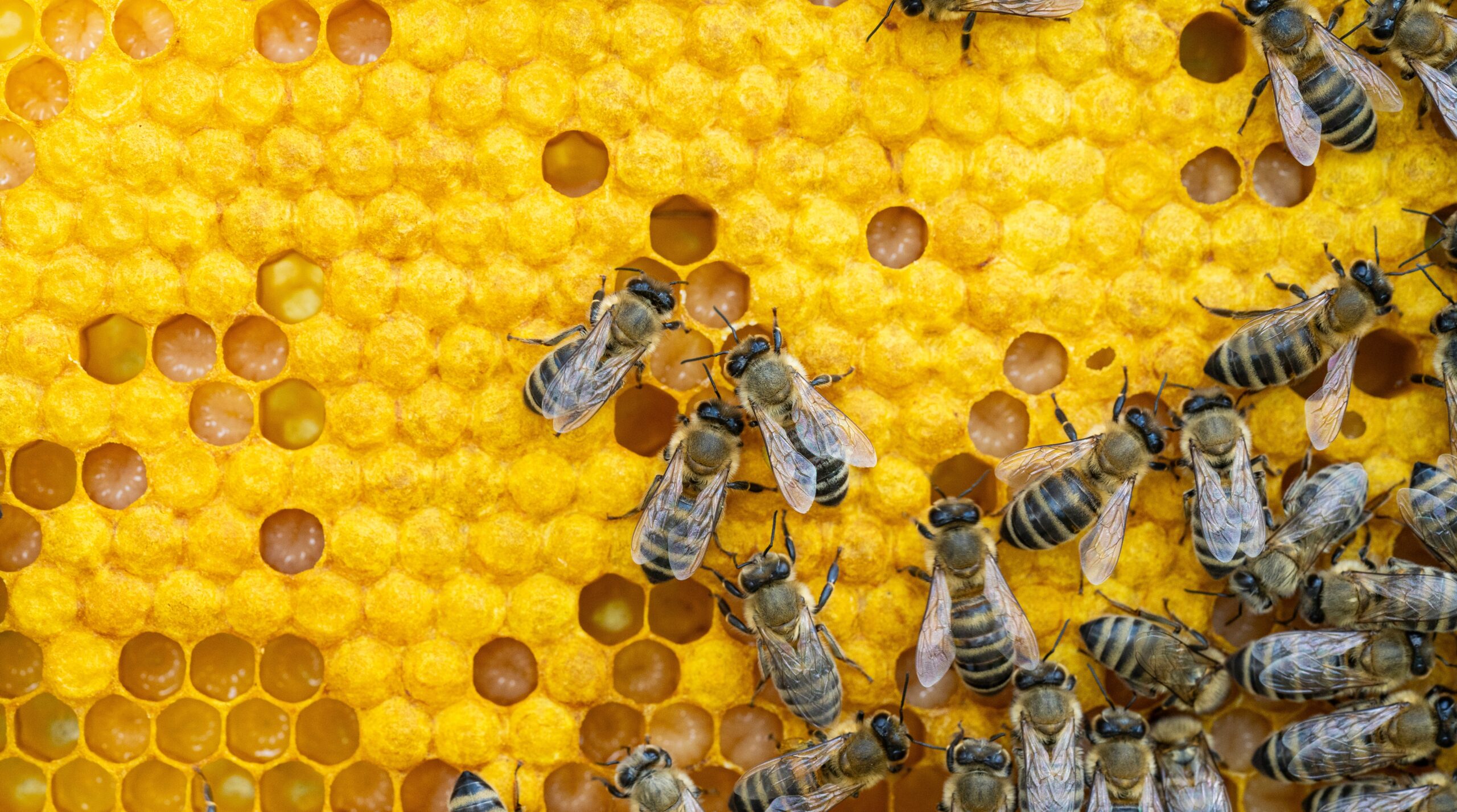
Pollinators play a crucial role in agriculture, enabling plants to produce fruits, seeds, and other vital crops. Read More.
9 Most Expensive Vintage Porcelain Figurines Ever Collected

Porcelain figurines have long been treasured for their intricate craftsmanship and delicate beauty. Read More.
